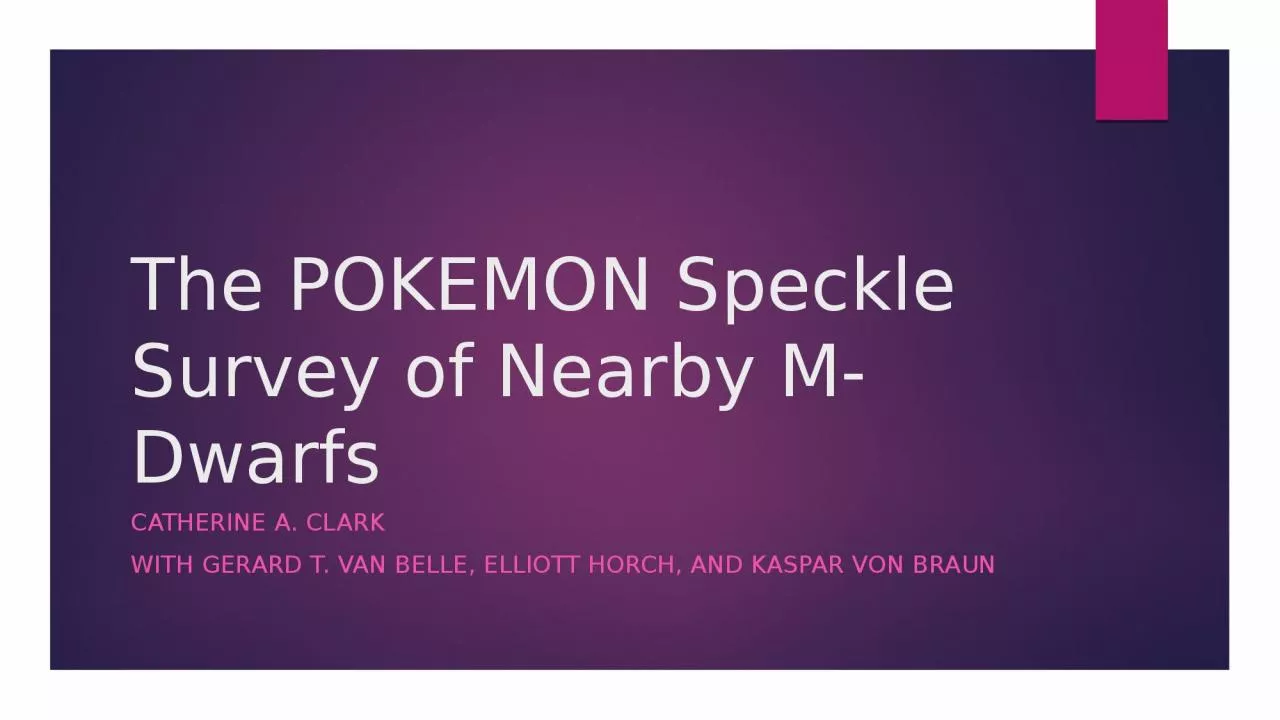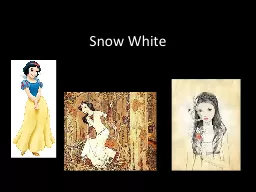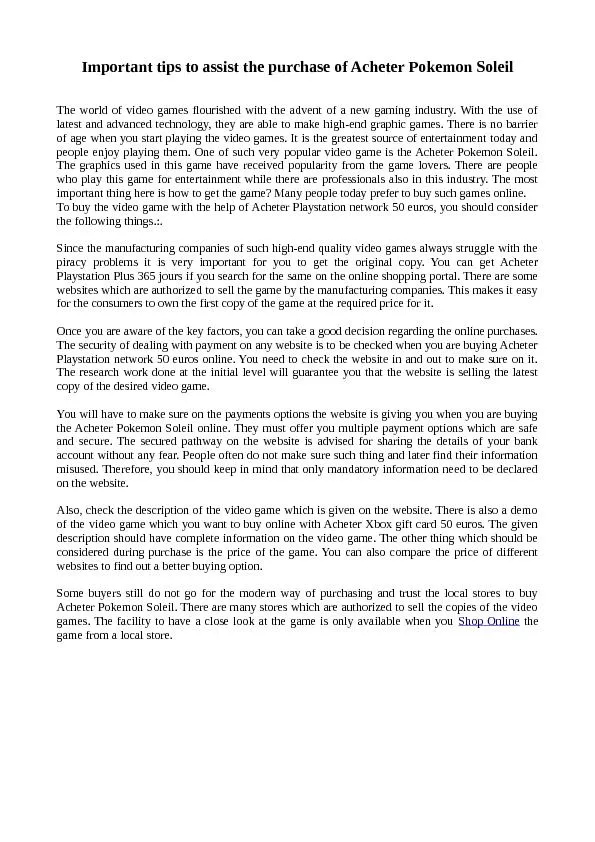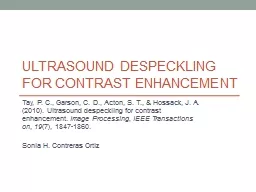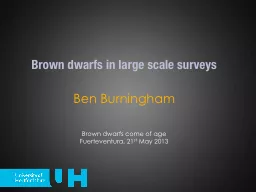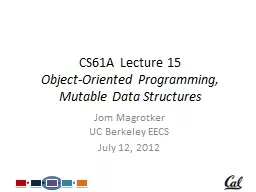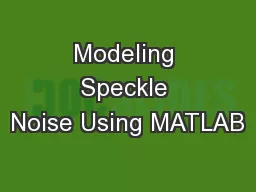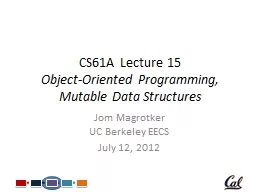PPT-The POKEMON Speckle Survey of Nearby M-Dwarfs
Author : isabella | Published Date : 2024-02-16
Catherine A Clark With Gerard T van belle Elliott Horch and Kaspar Von Braun Why MDwarfs Over 70 of stars in the galaxy are Mdwarfs Henry et al 2006 Winters et
Presentation Embed Code
Download Presentation
Download Presentation The PPT/PDF document "The POKEMON Speckle Survey of Nearby M-D..." is the property of its rightful owner. Permission is granted to download and print the materials on this website for personal, non-commercial use only, and to display it on your personal computer provided you do not modify the materials and that you retain all copyright notices contained in the materials. By downloading content from our website, you accept the terms of this agreement.
The POKEMON Speckle Survey of Nearby M-Dwarfs: Transcript
Download Rules Of Document
"The POKEMON Speckle Survey of Nearby M-Dwarfs"The content belongs to its owner. You may download and print it for personal use, without modification, and keep all copyright notices. By downloading, you agree to these terms.
Related Documents

